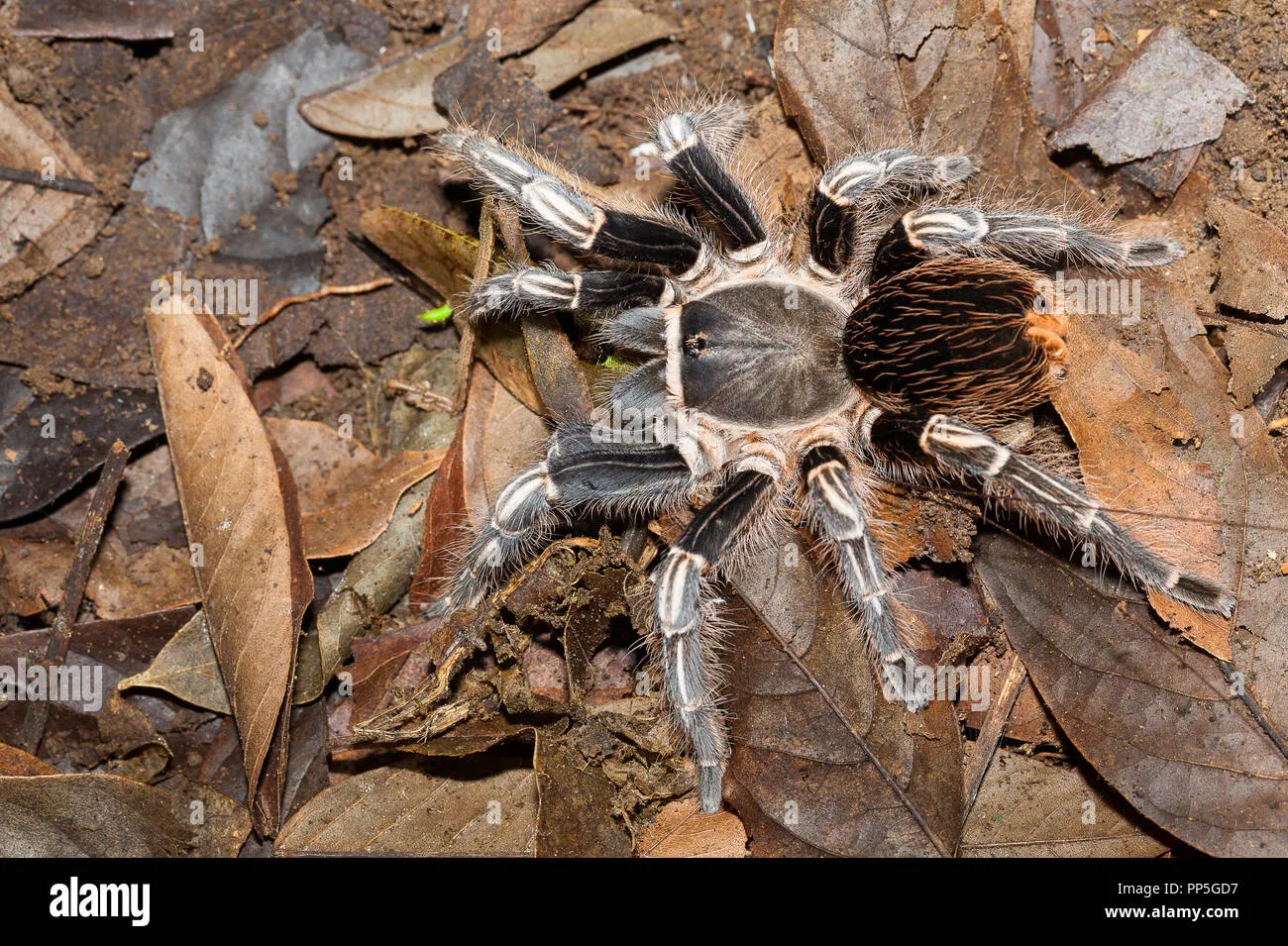Costa Rican Zebra Tarantula Behavior Unveiled
The Costa Rican Zebra Tarantula (Aphonopelma seemanni) is a fascinating creature, captivating both novice and experienced arachnid enthusiasts. Understanding their behavior is key to providing proper care and appreciating these remarkable spiders. This guide delves into the top 5 behavior secrets, offering insights into their habits, needs, and how they interact with their environment. From burrowing preferences to defensive tactics, discover what makes these tarantulas unique and learn how to create an optimal habitat for them. This knowledge will not only help you care for your tarantula but also allow you to witness their natural behaviors more fully.
Burrowing and Hiding Habits
One of the most prominent behaviors of the Costa Rican Zebra Tarantula is its inclination to burrow and hide. In the wild, these tarantulas spend a significant amount of time underground, seeking refuge from predators and the elements. This burrowing behavior is deeply ingrained and is a fundamental part of their survival strategy. When provided with the proper environment, they will readily create burrows, making them feel secure and reducing stress. The choice of burrow location and construction methods can vary depending on the tarantula’s age, individual personality, and environmental conditions.
The Importance of Substrate and Enclosure
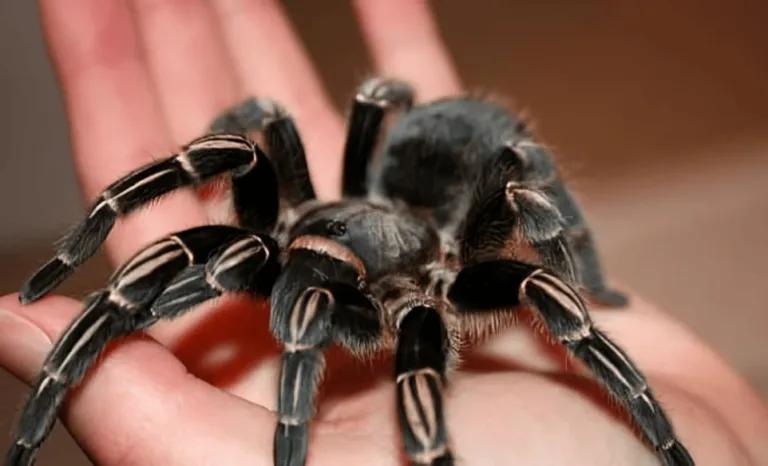
To encourage natural burrowing behavior, it is essential to provide an appropriate substrate in the enclosure. A substrate mix consisting of coco fiber, peat moss, and a bit of vermiculite is ideal, as it allows for easy burrowing and maintains the necessary humidity levels. The depth of the substrate should be substantial, typically at least twice the tarantula’s leg span. The enclosure itself should also offer hiding places, such as cork bark or artificial hides. These elements are crucial for mimicking their natural habitat, reducing stress, and allowing them to exhibit their natural behaviors. Consider the size of your Zebra Tarantula when choosing the enclosure, too big can make them feel insecure.
Feeding and Hunting Strategies
Costa Rican Zebra Tarantulas are ambush predators, meaning they patiently wait for prey to come within striking distance. Their hunting strategies are highly efficient, relying on quick reflexes and potent venom to subdue their meals. They are opportunistic feeders, and their feeding behavior is directly related to their metabolic needs and growth stage. The frequency of feeding should be adjusted based on the tarantula’s size, age, and the availability of food. Overfeeding can lead to health problems, while underfeeding can stunt growth. Observing their feeding habits is a key indicator of their overall health and well-being.
Prey Preferences and Hunting Techniques
The primary diet of a Costa Rican Zebra Tarantula consists of insects such as crickets, roaches, and mealworms. The size of the prey should be appropriate for the size of the tarantula; typically, the prey should be no larger than the tarantula’s body. They are adept hunters, using their fangs to inject venom that paralyzes their prey. Once the prey is subdued, they will begin to consume it, often leaving behind only the exoskeleton. It is important to provide a varied diet to ensure they receive the necessary nutrients for healthy growth and development. Always remove uneaten prey to prevent stress and potential harm to the tarantula.
Defensive Mechanisms and Threat Displays
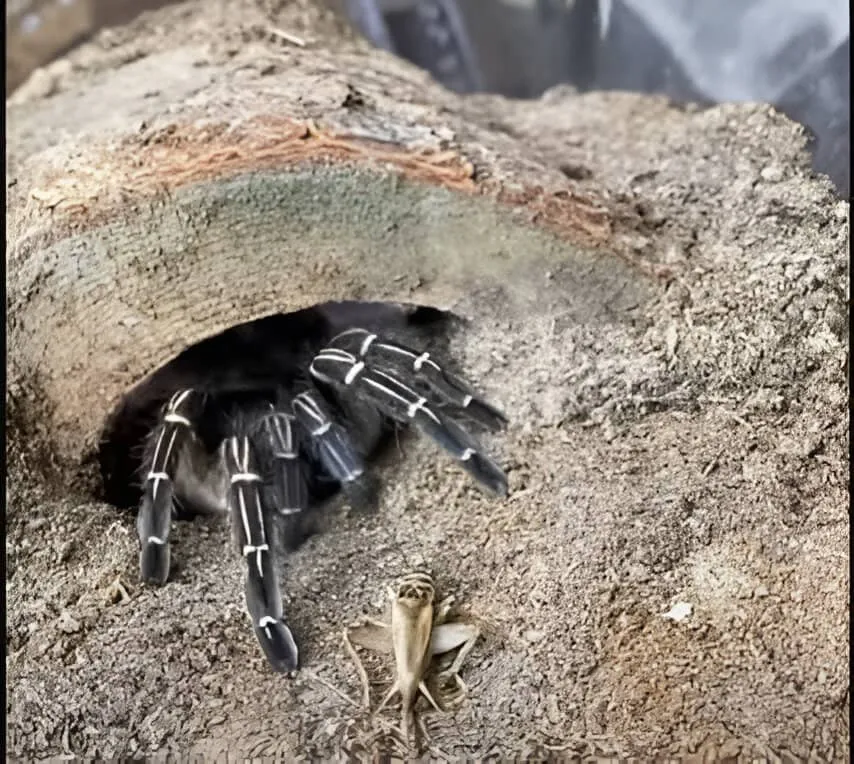
Costa Rican Zebra Tarantulas, like all tarantulas, possess several defensive mechanisms to protect themselves from perceived threats. When feeling threatened, they will often exhibit specific behaviors to ward off predators. Understanding these behaviors is crucial for safe handling and to prevent unnecessary stress. The defensive responses can range from subtle warnings to more aggressive displays, which are key indicators of their comfort level and overall well-being. Always approach them with caution and respect their space to avoid triggering these defensive behaviors.
Urticating Hairs and Venom
One of their primary defensive tactics is the use of urticating hairs. When threatened, they can flick these hairs from their abdomen, which can cause skin irritation in humans and other animals. Additionally, they possess venom, although it is generally not considered life-threatening to humans. The venom is primarily used to subdue prey. It is important to avoid provoking these spiders to minimize the risk of being exposed to these defensive mechanisms. Proper handling techniques and enclosure management can significantly reduce the chances of encountering these defenses.
Moulting Behavior and Growth
Moulting is a critical process for Costa Rican Zebra Tarantulas, allowing them to grow and replace their exoskeleton. During moulting, the tarantula sheds its old exoskeleton, revealing a new, larger one. The frequency of moulting depends on the tarantula’s age and growth rate. Young tarantulas moult more frequently than adults. Understanding this process is vital for providing the right environment and support during this vulnerable time. It is also a fascinating process to observe and appreciate the life cycle of these spiders.
The Moulting Process and Aftercare
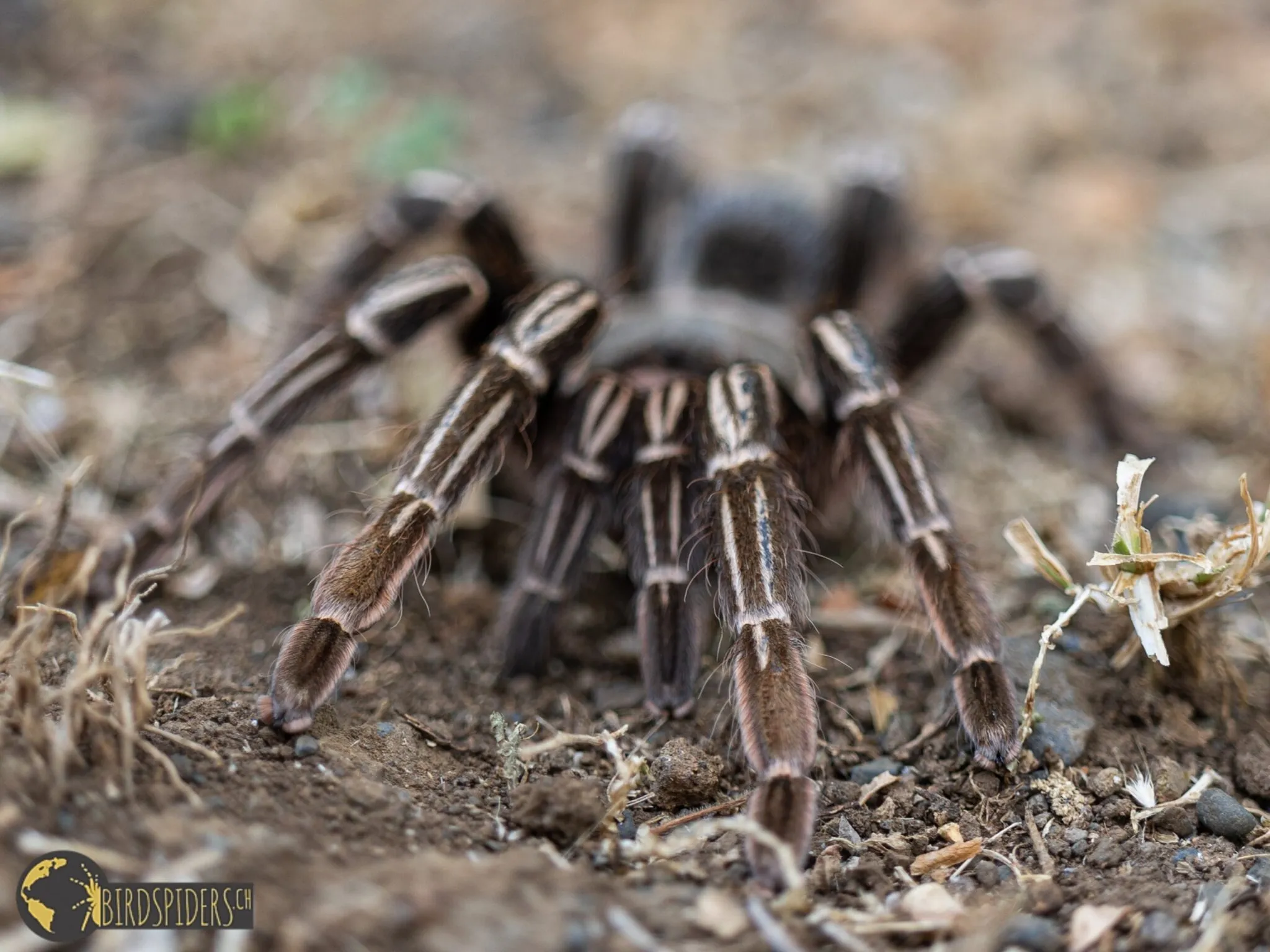
Before moulting, the tarantula will often become less active and may refuse food. They might also flip onto their backs. It’s important not to disturb them during this process. After moulting, the tarantula’s new exoskeleton is soft, and it’s crucial to avoid feeding them until it hardens, typically a week or two. Providing a humid environment during moulting helps the process. Ensure there’s a clean and safe environment during this time to reduce the risk of injury. After the moult, the spider will be larger and have brighter coloration.
Social Interactions and Solitary Nature
Costa Rican Zebra Tarantulas are solitary creatures. They do not exhibit social behaviors and prefer to live alone. They are territorial and should never be housed together, as this can lead to aggression and cannibalism. This solitary nature is an essential aspect of their behavior and dictates their housing requirements. Understanding this solitary nature is crucial for responsible pet ownership, ensuring the tarantula’s well-being and safety. The benefits of housing them individually are numerous, including reduced stress and the prevention of potential injuries.
Understanding Tarantula Temperament
The temperament of a Costa Rican Zebra Tarantula can vary from individual to individual. Some are more docile and tolerant of handling, while others are more defensive. Generally, they are considered to be relatively docile compared to some other species. However, it’s always best to handle them with caution and avoid unnecessary handling. Their temperament can also be influenced by their environment, including enclosure setup, temperature, and humidity levels. Observing their behavior closely can give insights into the spider’s personality and comfort levels.
Male vs Female Behavior Differences
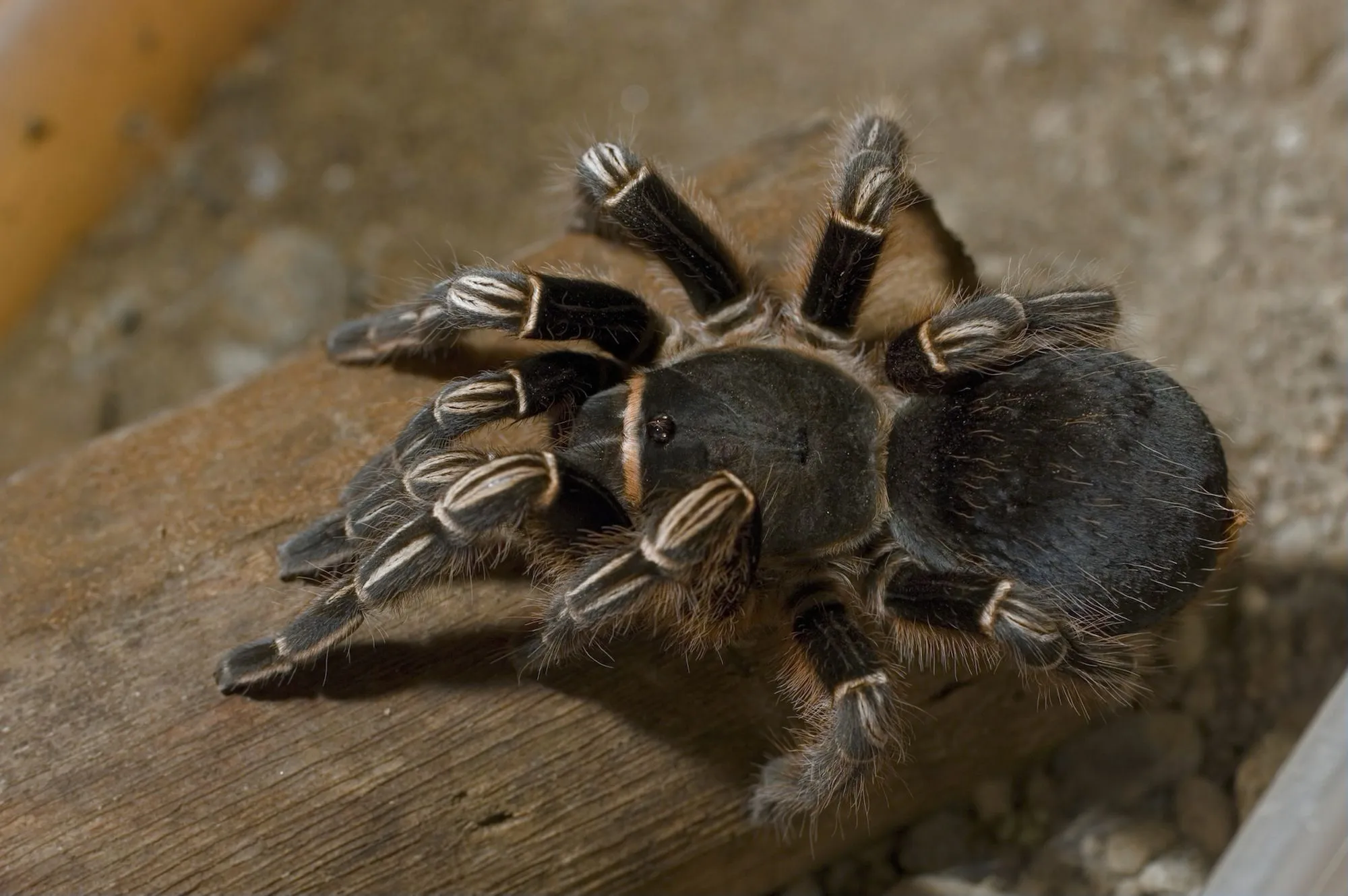
There are some behavior differences between male and female Costa Rican Zebra Tarantulas. Females tend to live longer, moult less frequently, and generally display more consistent behavior. Males, on the other hand, have a shorter lifespan and become more active and restless as they mature, particularly when seeking a mate. They may also exhibit different behaviors during breeding seasons. Understanding these differences can aid in providing appropriate care and anticipating behavior changes. These differences are important for anyone interested in breeding the species.
Conclusion
The Costa Rican Zebra Tarantula is a captivating species with fascinating behaviors. By understanding their burrowing habits, feeding strategies, defensive mechanisms, moulting processes, and solitary nature, you can provide the best possible care for these remarkable creatures. Observing these behaviors allows you to appreciate the unique characteristics of these spiders and ensure their well-being. Through careful observation, responsible ownership, and a commitment to their needs, you can enjoy the presence of these amazing arachnids. Remember to prioritize their safety and comfort for a rewarding pet-keeping experience.
